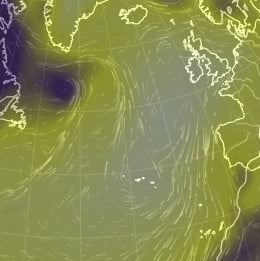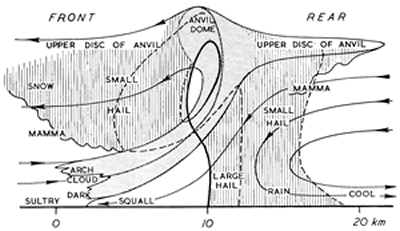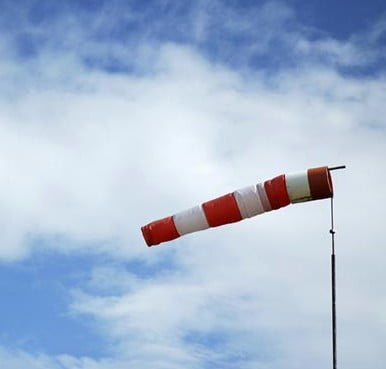Weather and Climate: a Teachers’ Guide
Pathway: Basic Weather
Weather in our Lives – Weather Measurements
Lesson overview: In this lesson we look at the specialist instruments used to measure the weather and how data collected at different locations can be used to create weather maps.
We measure the weather to be able to understand and anticipate its effects on our lives. Gathering large amounts of data across the surface of the Earth using specialist meteorological instruments allows us to monitor atmospheric conditions around the world on a continuous basis. These data allow complex climate system models to create forecasts for many different types of user, from governments, to industry and the general public. There are agreed standards for weather instruments across the world to ensure data are accurate and comparable. With remote logging and transmission of data now possible anywhere on Earth the quantity of weather data available has never been greater. Satellites play an increasingly important role in measuring weather as they obtain information from throughout the depth of the atmosphere. Simpler instruments can also be used to make observations and generate useable data in schools.
Learning objectives:
- To be able to describe the weather instruments and units of measurement for various weather variables (e.g. temperature, wind speed, humidity)
- To evaluate a range of sites for the suitability to host a weather station
- To understand what we do with weather measurements once we have them.
Key Teaching Resources
Weather Measurements PowerPoint
Weather Measurements Worksheet (complete)
Weather Measurements PowerPoint (easier)
Weather Measurements Worksheet
Weather Measurements Worksheet (easier)
Teacher CPD/ Extended Reading
Weather Measurements – More for Teachers
Alternative or Extension Resources







